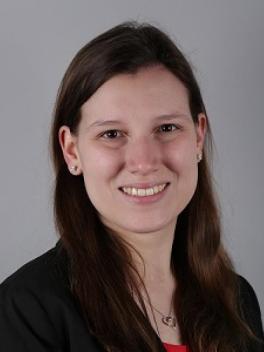Dr. Nicole Sedor is the Assistant Language Program Director of Spanish and Portuguese. Before beginning at Ohio State, she received her PhD in Spanish Language and Literature from SUNY at Buffalo in 2020, where she conducted research on integrated performance assessments (IPAs). Dr. Sedor describes the IPAs as a framework for instruction, assessment, and feedback in the language classroom. The assessment is a cycle of three separate assessments that all connect and are integrated by a theme.

The first step in the integrated performance assessment is an interpretive task, which involves reading an authentic text or listening to a video or an audio sample of an authentic material from the culture of the target language, then the students fill out a comprehension guide to demonstrate their understanding of the material. Next, the students use that information to complete an interpersonal task; it can take the form of a partner conversation or a written interpersonal exchange with a partner, again involving the information from the interpretative task and the authentic text or video incorporated for them to be able to speak, compare, and fulfill a meaningful language task in their conversation. The final part of the IPA is the presentational. The students take all the information they have gathered from the previous two tasks to present on the topic in writing or as an oral presentation. Dr. Sedor had this to say about the IPA, “We teach the students more strategies, not just about grammar and vocab, but also how to go about communicating across these three modes.”
Dr. Sedor teaches Spanish 1101, so she has been working hands on with the curriculum to see how to best implement the integrated performance assessment in the basic language programs. The IPA will be implemented in Spanish 1101, 1155, 1102, 1103, and 2202, as well as in the Portuguese equivalents. “We will be starting with 1101, and then 1102, and then 1103 and 2202, so the students who will start at 1101 will move through the program and by the time they get through the program, they will be familiar with the process and will know exactly what is going on.”
The Language Program team is working to explore the integrated performance assessments’ place in the curriculum to align with the Expected Learning Outcomes of the New GE, and then will educate the instructors on its purpose in the classroom at each course level when considering teaching practices and standards. Once the language studies team trains the instructors, they will in turn be able to explain to students the expectation, how the grading rubrics work, and how tasks completed in class will prepare them for the completion of the three modes of communication across the assessment cycle, rather than concentrating on traditional grammar and vocabulary across a set of exams.
The Department of Spanish and Portuguese is excited to see where Dr. Sedor’s research takes these courses.
